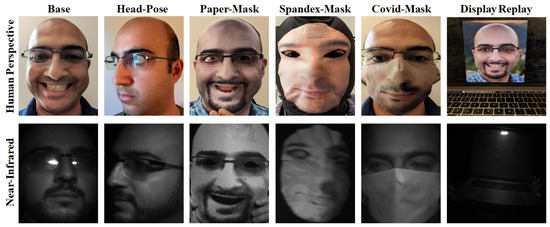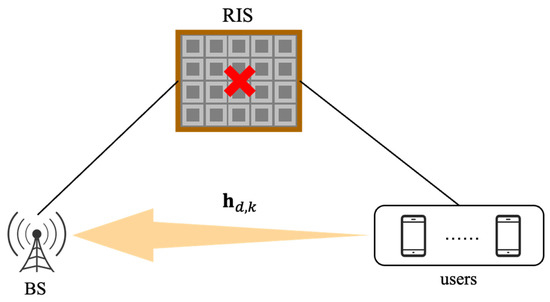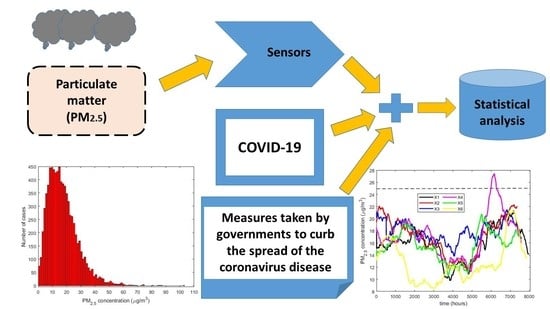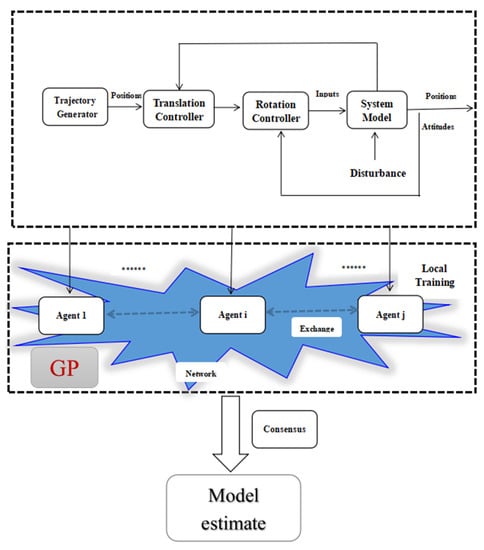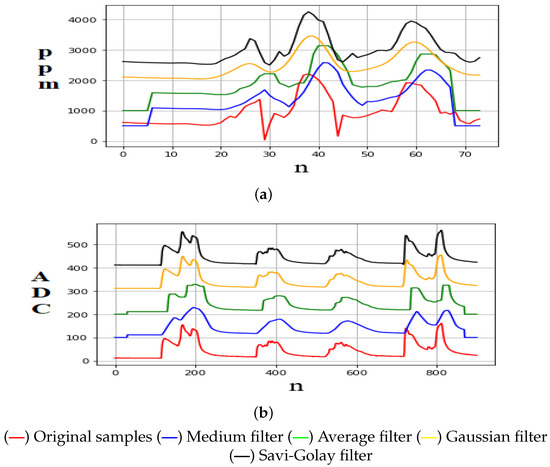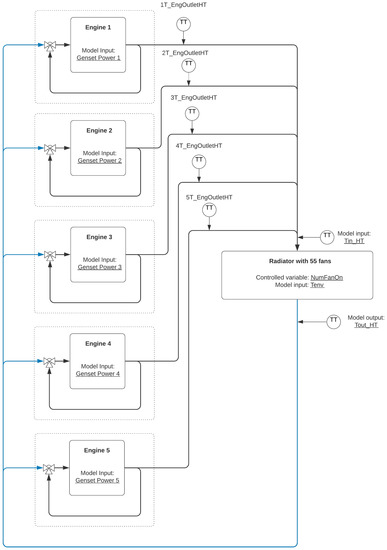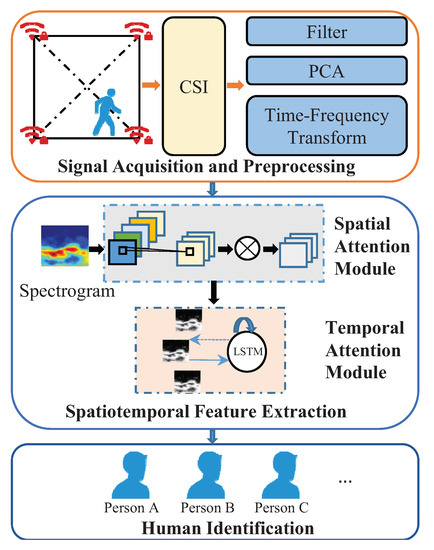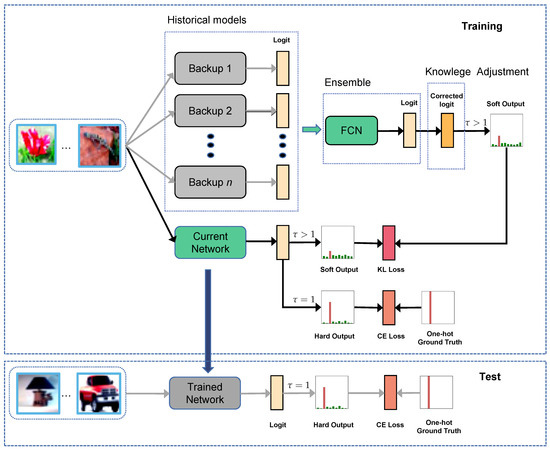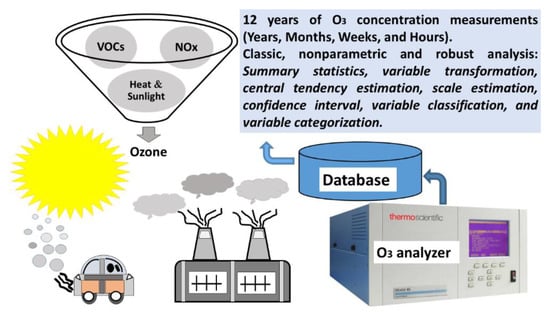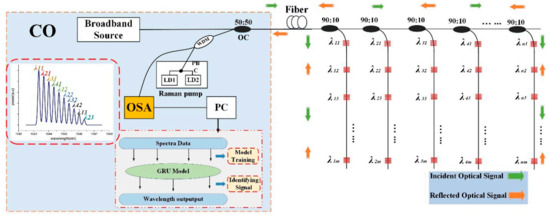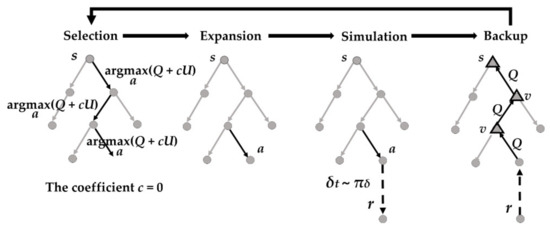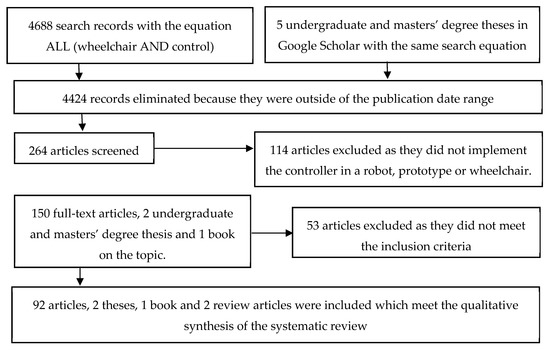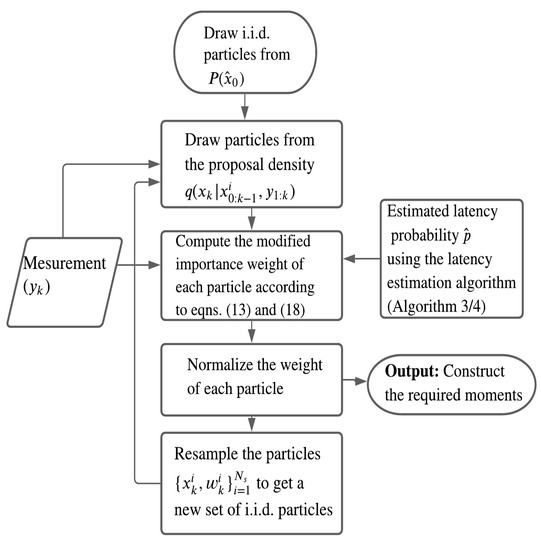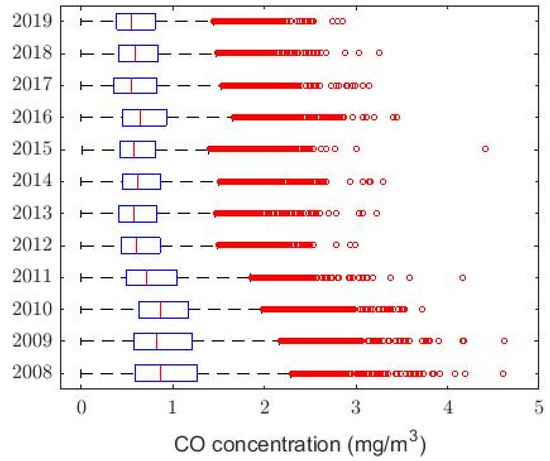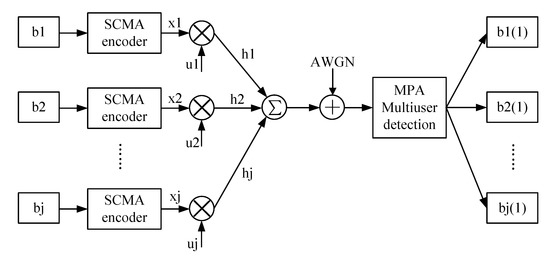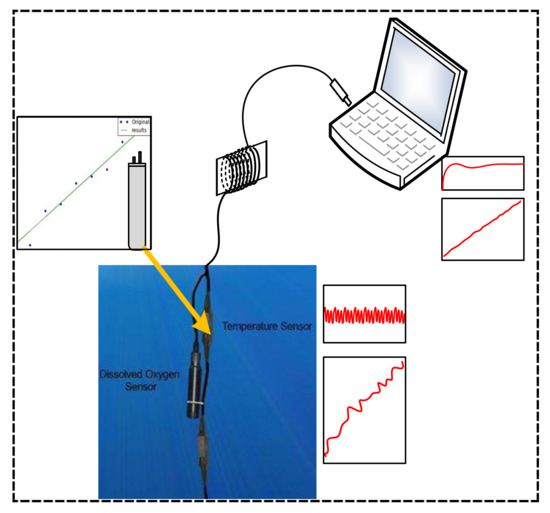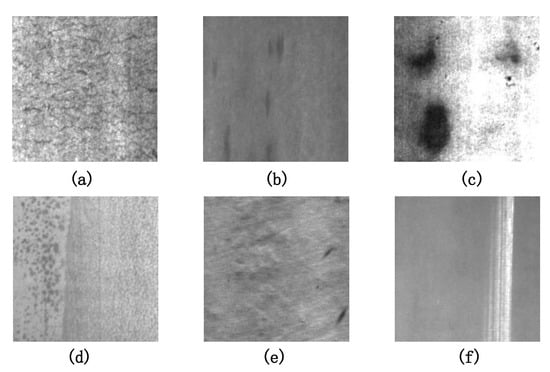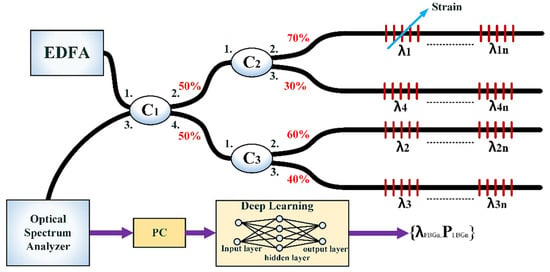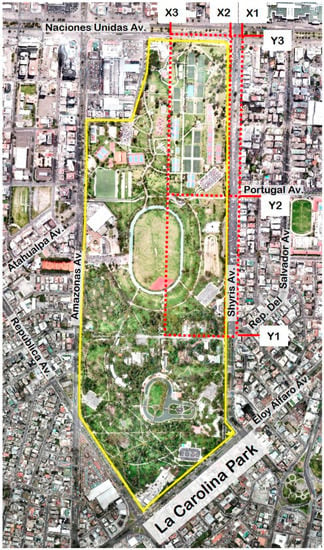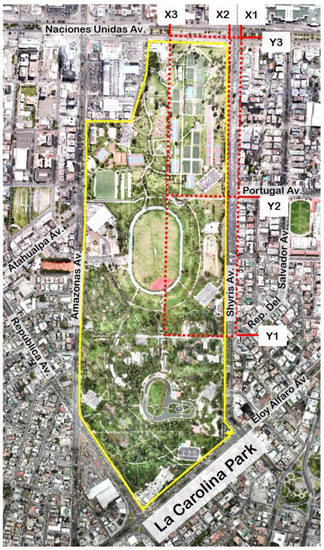Signal Processing, Control, and Estimation for Intelligent Sensor Systems
A topical collection in Sensors (ISSN 1424-8220). This collection belongs to the section "Intelligent Sensors".
Viewed by 77143Editor
Interests: signal processing; estimation; control for sensors; robust and optimal sensor systems and their applications; statistical analysis of the information obtained from sensor measurements; signal conditioning techniques for intelligent sensors
Special Issues, Collections and Topics in MDPI journals
Topical Collection Information
Dear Colleagues,
This Topical Collection is devoted to the publication of research papers aimed at applying signal processing, control, and estimation techniques to improve the response of sensor systems. Papers devoted to analyzing the information from such sensor systems are of great interest, and applications of statistical inference techniques focused on the analysis of the measurements are sought. Finally, papers that address innovative solutions of signal conditioning techniques for designing smart sensors, using what has been mentioned above, are welcome, as well.
Prof. Dr. Wilmar Hernandez
Collection Editor
Manuscript Submission Information
Manuscripts should be submitted online at www.mdpi.com by registering and logging in to this website. Once you are registered, click here to go to the submission form. Manuscripts can be submitted until the deadline. All submissions that pass pre-check are peer-reviewed. Accepted papers will be published continuously in the journal (as soon as accepted) and will be listed together on the collection website. Research articles, review articles as well as short communications are invited. For planned papers, a title and short abstract (about 100 words) can be sent to the Editorial Office for announcement on this website.
Submitted manuscripts should not have been published previously, nor be under consideration for publication elsewhere (except conference proceedings papers). All manuscripts are thoroughly refereed through a single-blind peer-review process. A guide for authors and other relevant information for submission of manuscripts is available on the Instructions for Authors page. Sensors is an international peer-reviewed open access semimonthly journal published by MDPI.
Please visit the Instructions for Authors page before submitting a manuscript. The Article Processing Charge (APC) for publication in this open access journal is 2600 CHF (Swiss Francs). Submitted papers should be well formatted and use good English. Authors may use MDPI's English editing service prior to publication or during author revisions.
Keywords
- Signal processing, estimation, and control for sensor
- Novel signal conditioning techniques for sensors
- Statistical analysis of the information from sensor measurements
- Robust and optimal sensor systems
- Novel interface electronics for sensors







